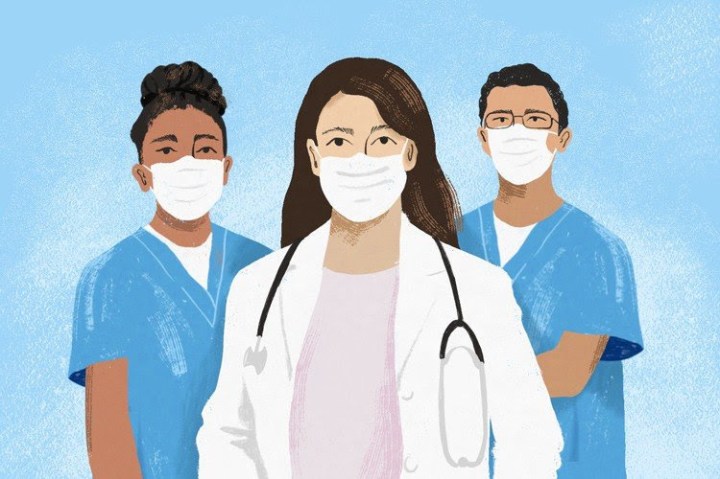GROUNDUP
Our health in brief — part three: What we spend on health

This is the third of a four brief series on health expenditure in the public and private sectors. This article describes health expenditure from 1 April 2019 to 31 March 2020. It is a simpler, edited version of this article published on the GroundUp and the Helen Suzman Foundation websites.
First published by GroundUp.
See Part One – Workers Compensation and the Road Accident Fund here:
See Part Two – What are Municipalities Doing here:
It is possible to piece together most health expenditure between 1 April 2019 and 31 March 2020. But no information is available on the following items:
- Local government expenditure directly on health services financed out of own revenue;
- Out of pocket expenditures by the medically insured; and
- Out of pocket expenditures by medical aid beneficiaries not captured by medical aid information systems.
Every effort has been made to avoid double counting.
The main findings are: Aggregate expenditure on health is estimated at R462-billion in 2019, representing 9.0% of gross domestic product in that year. Of this total, 48.7% was spent in the public sector and 51.3% in the private sector. 1.8% of aggregate health expenditure benefited all South Africans, 43.9% benefited medical aid beneficiaries, and 2.0% the medically insured. 52.3% of aggregate health expenditure was for people covered neither by medical aid nor by medical insurance — this is the sum of public spending plus what was spent by this group at private facilities. 40.2% of aggregate expenditure was financed by medical aid benefit expenditure.
Spending by provincial governments accounted for 90.3% of all government spending on health. 77.2% of health expenditure was financed from provincial equitable shares, 21.5% from conditional grants from national government and 1.3% from provincial departmental receipts. This pattern of funding means that provincial expenditure per capita does not depend on provincial GDP. Indeed, per capita, Eastern Cape health spending was higher than both the Western Cape and Gauteng and it should have funded a better system than in either of the two provinces. It didn’t.
The more technical version of this article includes much more detailed information.
Two questions arise: given the large amount of money spent on healthcare in South Africa, should the system be better? And can more be done to make health expenditure more equitable? DM













 Become an Insider
Become an Insider
Comments - Please login in order to comment.